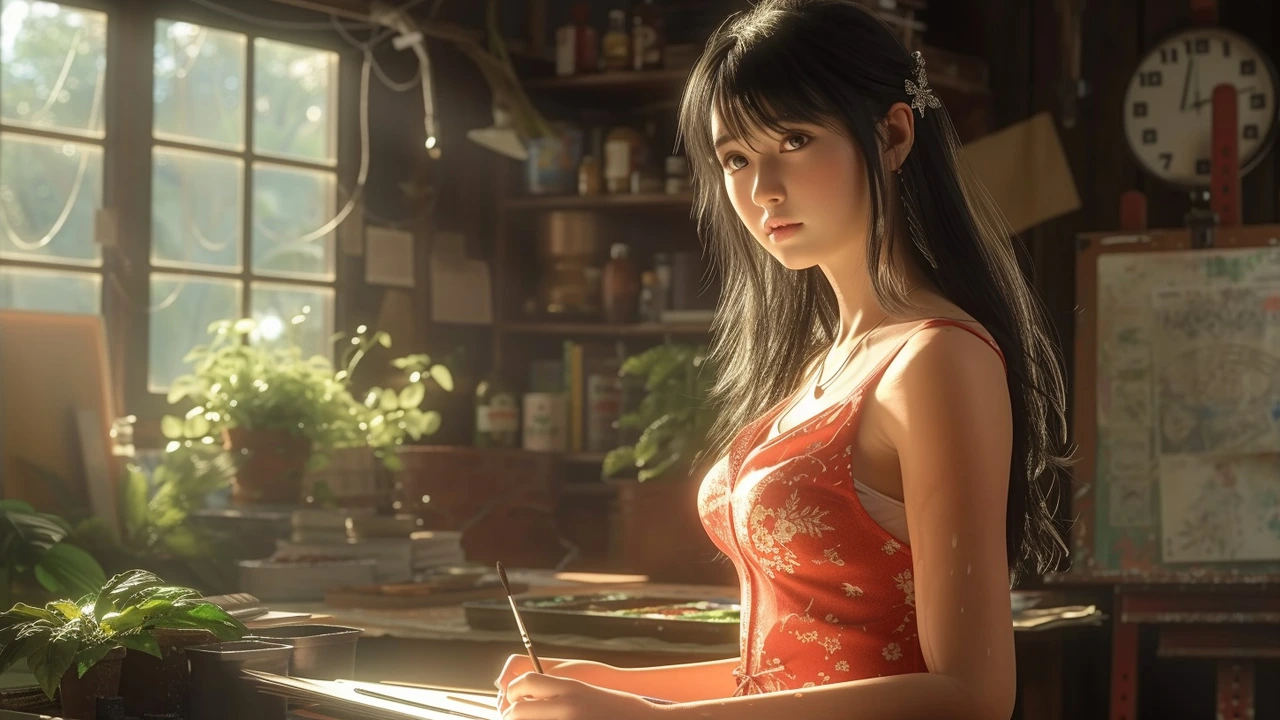Unexplored techniques: practical art methods to try
Tired of repeating the same process? Unexplored techniques push you out of comfort and make work feel alive again. This tag gathers fast, useful methods drawn from many movements — photorealism, land art, Fluxus, installation, Bauhaus and more — and shows how to test them without wasting time or money.
Start with a clear mini-goal: one small piece, one material swap, one new rule. Pick a technique below, set a 2–4 hour window, and treat the result as an experiment, not a finished masterpiece. That mindset keeps pressure low and learning fast.
Hands-on methods you can test today
Photorealism details: limit your palette to three colors plus white. Use glazing layers with thin oil or acrylic glazes to build depth. Keep edges sharp where light hits and soft where surfaces blur. Tip: photograph a high-contrast reference, print it at the same size as your canvas, and tape it next to your work for direct comparing.
Land art quick setup: choose a safe public or private spot and plan materials you can remove. Work with found materials—stones, leaves, sand—and make a 1-hour composition study. Photograph from multiple heights to see patterns. Tip: bring a small shovel, gloves, and a phone with grid overlays for framing.
Fluxus-style chance operations: write 20 simple actions on slips (draw with left hand, use a non-dominant tool, mix two unrelated colors). Pull three slips at random and follow them. This frees your choices and produces unexpected marks you can develop later.
Installation basics: think about viewer movement. Build a cardboard mock-up at half scale to test sightlines and touch points. Use lightweight materials (foam board, fabric, string) for quick iterations. Tip: mark where viewers might stand to avoid hazards and plan safe mounting options.
Bauhaus reduction exercise: reduce a subject to shapes and function. Make a 30-minute design that could be a chair, lamp, or poster. Limit yourself to geometric forms and a two-color scheme. This sharpens design thinking and practical problem solving.
Build a quick practice and share what you learn
Set a routine: one experimental session per week, photographed and dated. Keep notes: what worked, what failed, which materials reacted oddly. Share short process clips or before/after photos—people engage with testing more than final perfection. If a technique sparks new ideas, repeat it with a small change: different scale, different surface, or combined with another method.
Combine safely: for outdoor or chemical experiments, check local rules and wear protection. When using reproduced cultural techniques like ukiyo-e or tattoo references, study sources respectfully and credit influences.
Want examples? Use the posts under this tag to see full case studies—installation setups, photorealism workflows, and Fluxus performance ideas. Try one method, record it, and you’ll find fresh paths to your own visual voice faster than you expect.

